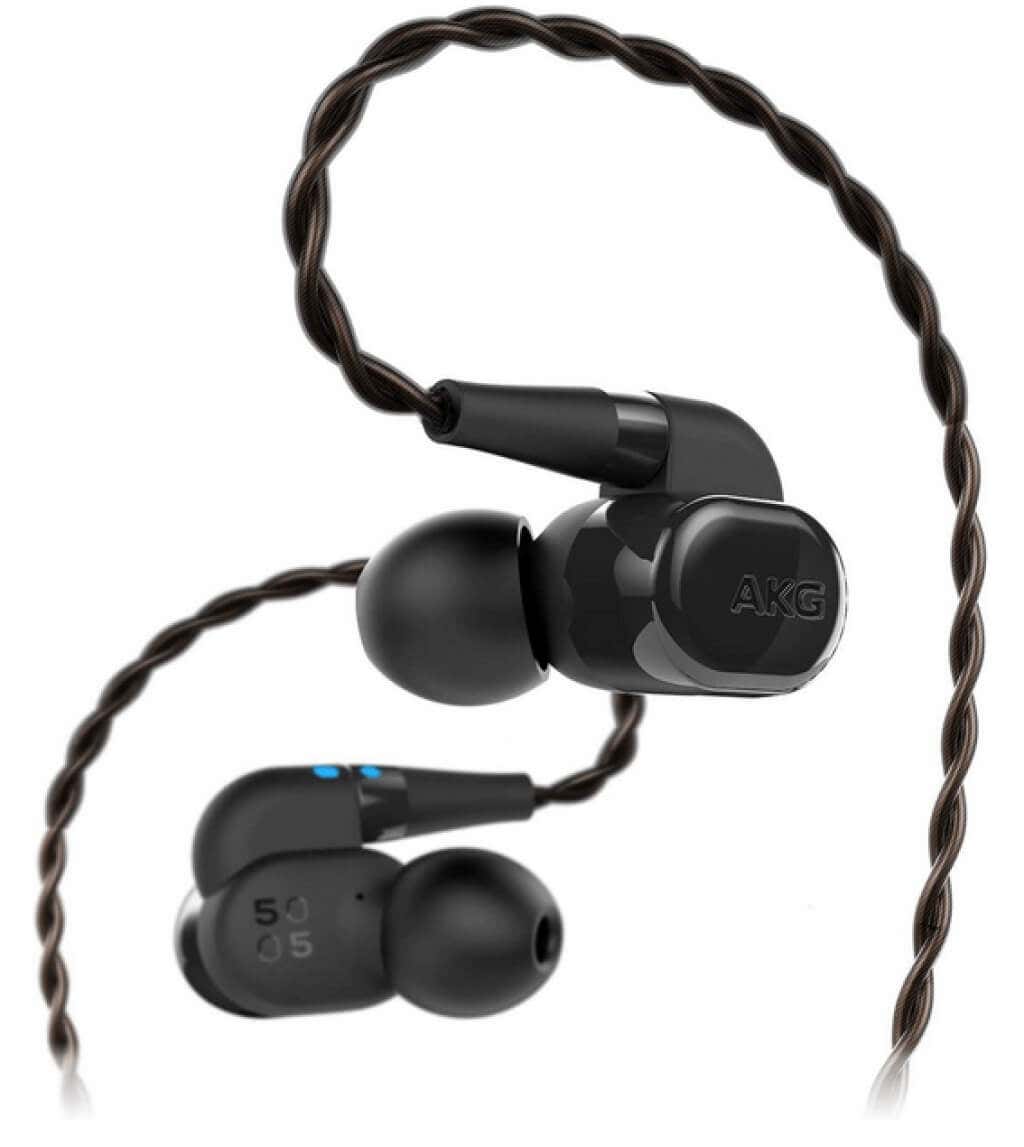If you are interested in sound quality, you should learn about the Harman Curve. On the other hand, if you are looking for the perfect headphones, you must have heard the term Harman target curve. Maybe you have read reviews praising the headphones tuned to hit this target.
Truthfully, headphones tuned to the Harman Curve are not everyone’s cup of tea. This article will help you understand what the Harman Curve is and the science behind it. Then, you can make an educated purchase instead of blindly buying the headphones with the highest rating.
What Is the Harman Curve?
Audio tuning is one of the most critical factors in determining sound quality. Sound signature is tuning frequencies: bass, mids, and treble. The result of the frequency tuning can be represented as a frequency response curve. This curve describes the range of frequencies (and musical tones) the headphones can reproduce.
Headphone producers tune their products differently so they stand out from their competition. For example, some manufacturers prefer a flat and neutral sound signature, while others go for a V-shaped sound that is more fun.
One such curve is the Harman target curve. It is considered the best sound signature to tune your headphones, producing the best sound quality possible. There is a science behind it to back up this claim.
The History of Harman Curve Technology
Back in the 2010s, the scientists in the Harman International (owned by Samsung since 2017) laboratory conducted a study to find out what makes the headphones sound their best. The Harman curve was the result of several such studies led and published by audio engineer Dr. Sean Olive, who found the balance in the relationship between perception (what people prefer to hear) and the scientific measurement of headphone sound quality.
Dr. Olive and his researchers conducted blind studies on 283 individuals in four countries and 11 test locations. Although most of the participants were Harman employees, the science team was careful to achieve diversity in their gender, age, and listening experience.
The study concluded that the tuning for speakers didn’t work on headphones because of human anatomy. The tuning was also different between headphones, IEMs, and earbuds. This is because the sound produced by headphones interacts directly with our ear canal and auricle (or the pinna, the visible part of the outer ear), while earbuds interact only with the ear canal. But because every human is different, there is around 2 decibels difference in how we perceive sound frequencies.
There are four different Harman curves, each one catering to different preferences people might have. In studies, researchers tweak each curve according to the preference of the majority of test subjects. For example, the latest study, performed in 2019, discovered that people wanted to hear slightly more bass.
Among interesting facts discovered by Harman’s researchers is that 65% of test subjects, audiophiles, professionals, and everyday listeners, preferred headphones tuned to the Harman curve. The slight difference was that men and young individuals prefer more bass, while women and older people prefer less bass.
What Does the Harman Curve Look Like?
Here’s what the latest Harman Curve looks like:
The graph above displays the Harman curve for headphones and IEMs. Notice the difference. As explained earlier, the tuning differs depending on what anatomical part of the ear the device is interacting with.
Some evidence suggests that people prefer a flat and neutral sound. This might make you think the Harman curve would reflect this and look like a flat line. But as you can see from the graph above, it is far from flat.
Why is this? Due to our anatomy, when listening to the sound from speakers, a head-related transfer function(HRTF) for short comes into play. HRTF modifies or changes the frequency of a sound traveling through your environment, torso, and head before it hits your eardrum.
When listening to a sound through headphones, these frequency changes never happen due to the device’s proximity to your ear. A sound that leaves your headphone goes straight to your ear canal, and it is up to manufacturers to emulate the HRTF. If your headphones were flat and neutral, their sound would be extremely dull.
There is another reason why Harman’s curve is not entirely flat, and that is the fact that headphones are trying to replicate the sound as if it is coming from a room. After all, the most natural listening experience is from our environment. The source of the sound is rarely right up our ears. Harman curve amplifies the bass a little more to achieve the effect of a sound coming from a room.
Does Harman Curve Tuning Really Sound Better?
You must wonder how the Harman curve can predict what everyone likes to hear. We all have different tastes in music, genres, and loudness. Does one frequency response truly fit us all?
Some variations are explained by personal preference, but these are reported mainly by professional musicians with a trained ear. Personal preferences are much more subtle when it comes to non-professional listeners. Harman’s studies proved that most listeners have a similar taste for the sound coming from on-ear and over-ear headphones. The measurements conducted by scientists could predict people’s preferences with up to 86% accuracy. That percentage rose to 91% for in-ear devices.
You can try Harman curve-tuned headphones and hate the sound you’re hearing. You must understand that your ear needs time to get used to new tuning, especially if you have used poorly tuned headphones up until now. If you don’t like your Harman target tuned headphones even after some time, that’s fine. Harman curve is not the best solution for the sound quality that will please everyone. However, it is a great starting point, and a reference for sound quality backed up by science.
Headphones that Use the Harman Target Tuning
Below you’ll find some of the best headphones tuned to the Harman Curve.
1. AKG Pro Audio K371 Closed-Back Headphones
These headphones, produced by Harman, are a professional tool for music production, studio creation, and critical listening. It has a 50-mm titanium-coated dynamic driver and OFC voice coil that also isolates the listener from ambient noise. As a result, no low-frequency sounds will affect your listening experience.
The AKG Reference Response Curve tuning of AKG K371 is what the Harman curve translates to in headphones. It serves to enhance the frequency ranges from 5kHz to 40 kHz. Its SPL sensitivity is 114 decibels.
2. Sony MDR7506 Professional Large Diaphragm Headphones
Sony MDR7506 is another high-quality headphone designed for the broadcast and music production industry. It has a PET diaphragm of 40mm with neodymium magnets. The frequency response of this headphone is 10 to 20kHz, with a 63-ohm impedance.
3. AKG N5005 In-Ear Headphones
Another Harman product, AKG N5005, is a hybrid headphone with five drivers. The sound it reproduces is well-balanced and pure, regardless of the genre of music you are listening to. Customizable filters can adjust midrange and high notes to match your taste. The dynamic frequency of N5005 is between 10 and 40kHz and has an impedance of 8 ohms.
Have you ever tried any headphones tuned to the Harman Curve? Please leave your feedback in the comments below and tell us what you think about the Harman Curve.









